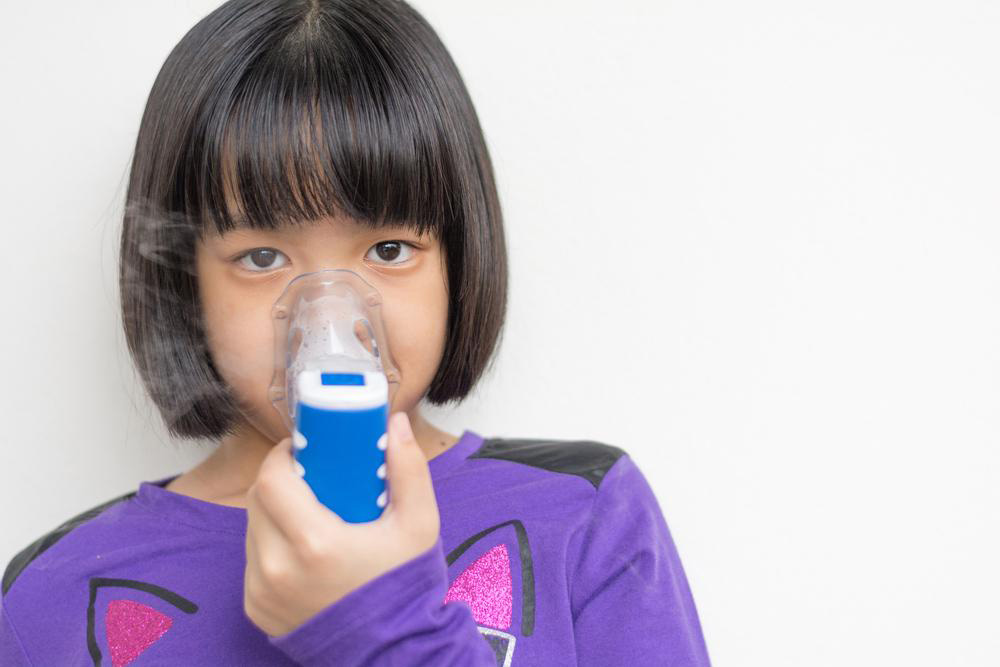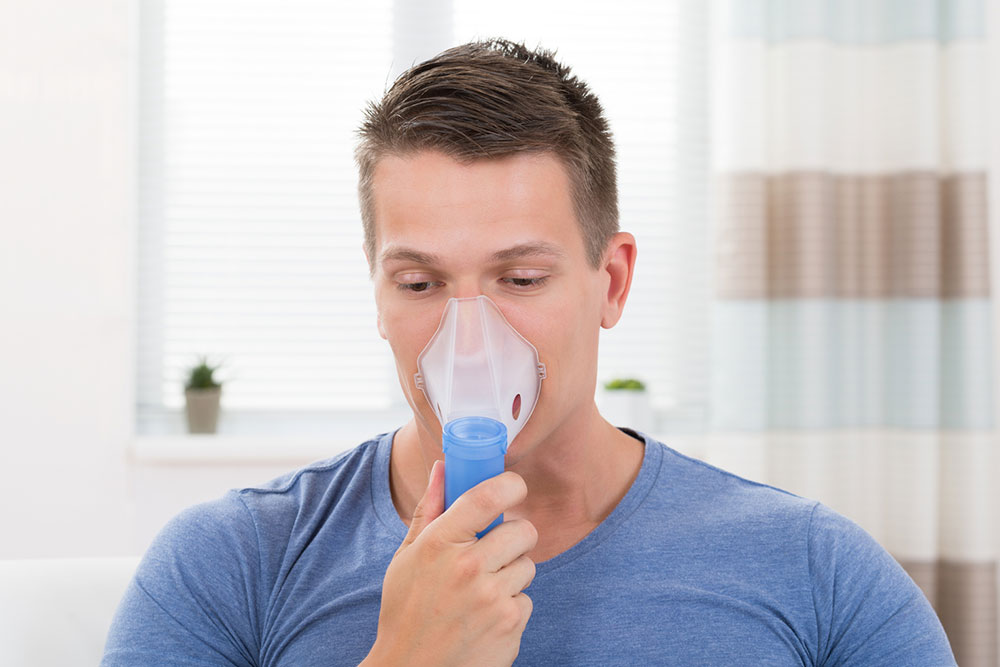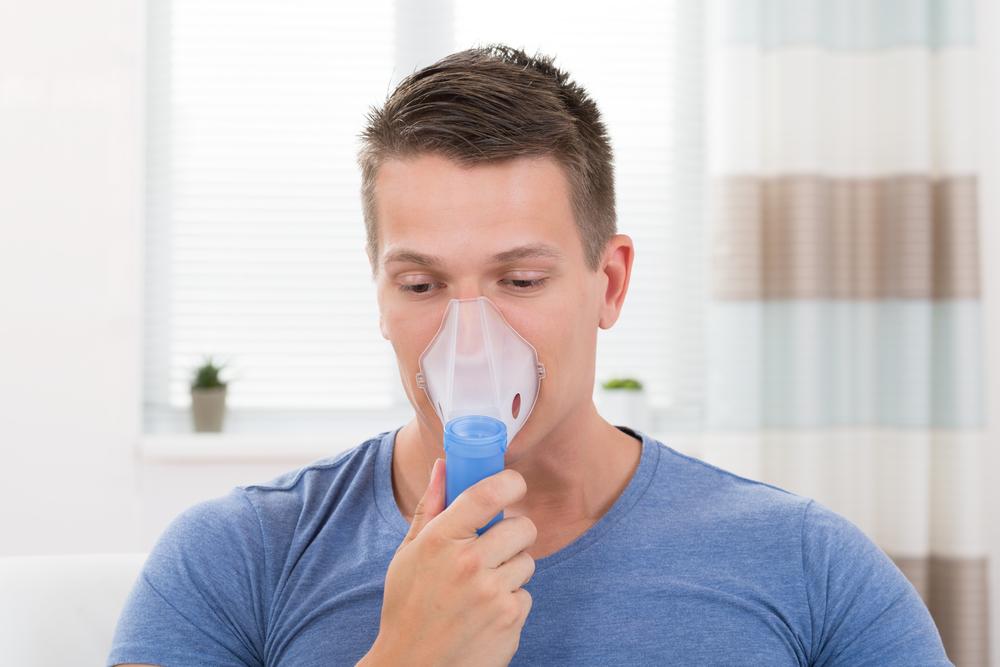Comprehensive Guide to Chronic Bronchitis: Symptoms, Causes, and Effective Prevention Strategies
Chronic bronchitis is a long-term inflammatory lung condition characterized by persistent cough, mucus production, and breathing difficulties. This comprehensive article covers its symptoms, causes, and prevention tips. Emphasizing smoking cessation, avoiding pollutants, and timely medical care, it offers vital guidance for managing this COPD subtype. Early detection and lifestyle changes can significantly improve quality of life and prevent further lung deterioration. Understand the risk factors and take proactive steps to protect your respiratory health with this in-depth guide.

Comprehensive Guide to Chronic Bronchitis: Symptoms, Causes, and Effective Prevention Strategies
Chronic bronchitis is a persistent respiratory condition characterized by inflammation of the bronchial tubes—the air passages that carry air into the lungs. This inflammation leads to increased mucus production, which can obstruct airflow and cause breathing difficulties. Recognized as a type of chronic obstructive pulmonary disease (COPD), chronic bronchitis impacts millions worldwide and requires proper management to prevent deterioration of lung function. Understanding its symptoms, primary causes, and preventive measures is crucial for early detection and long-term health maintenance.
What Exactly Is Chronic Bronchitis?
Chronic bronchitis is a long-term inflammatory disease affecting the bronchial tubes. These tubes, known as bronchi, are vital for air exchange between the environment and the lungs. When inflamed, they produce excessive mucus, which leads to blockage in the airways. This condition tends to persist for at least three months and recurs over consecutive years. It is one of the major forms of COPD, often coexisting with emphysema, and can significantly impair daily activities if not managed properly. This disease is especially prevalent among individuals exposed to environmental pollutants or who have a history of smoking.
Recognizing the Symptoms of Chronic Bronchitis
To diagnose and treat effectively, recognizing its common symptoms is essential. Key indicators include persistent coughs that last more than three months, often producing mucus or phlegm. Patients may also experience wheezing, shortness of breath, chest tightness, fatigue, and occasional low-grade fever. These symptoms tend to worsen during colder months or in polluted environments. It's vital to seek medical advice if these signs persist because early intervention can prevent further lung damage and improve quality of life.
Main Causes of Chronic Bronchitis
While several factors contribute to the development of chronic bronchitis, cigarette smoking remains the leading cause globally. Tobacco smoke damages the lining of the bronchial tubes, increases mucus production, and impairs lung defenses. Additionally, long-term exposure to airborne irritants such as industrial fumes, chemical vapors, dust particles, and air pollution can trigger or worsen the condition. Urban environments with high pollution levels pose a significant risk for vulnerable populations. Genetic predisposition and recurrent respiratory infections may also contribute to disease progression.
Essential Preventive Measures to Protect Lung Health
Effective prevention starts with lifestyle modifications. Quitting smoking is the most critical step to prevent or halt disease progression, as smoking directly damages lung tissues and increases the risk of lung cancer. Additionally, reducing exposure to environmental toxins such as chemical fumes, dust, and aerosols is vital. Using protective masks in workplaces with airborne irritants can significantly decrease risk. Maintaining good indoor air quality by avoiding smoke and pollutants, and using air purifiers if necessary, also contributes greatly to respiratory health. Regular physical activity and adequate nutrition support overall lung capacity and immune function.
When to Seek Urgent Medical Attention
If you experience any of the following symptoms, immediate medical evaluation is crucial:
Hemoptysis—coughing up blood
Severe or worsening shortness of breath and wheezing
A chronic cough persisting more than a month or worsening significantly
A fever higher than 101°F (38°C)
Diagnosis and Management of Chronic Bronchitis
Diagnosing chronic bronchitis involves a comprehensive medical assessment, including reviewing the patient’s medical history, conducting physical examinations, and performing lung function tests such as spirometry. Imaging studies like chest X-rays help rule out other conditions and assess lung health. Common treatment options focus on alleviating symptoms, preventing complications, and improving lung function. These include vaccinations (pneumococcal and annual influenza shots), inhaled corticosteroids, bronchodilators, and pulmonary rehabilitation programs. For severe cases, supplemental oxygen therapy may be necessary. Crucially, smokers are advised to quit immediately, with support from healthcare providers, to halt disease progression and enhance lung recovery.





